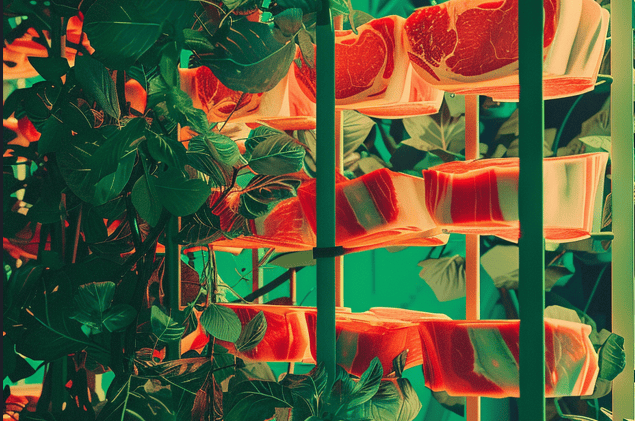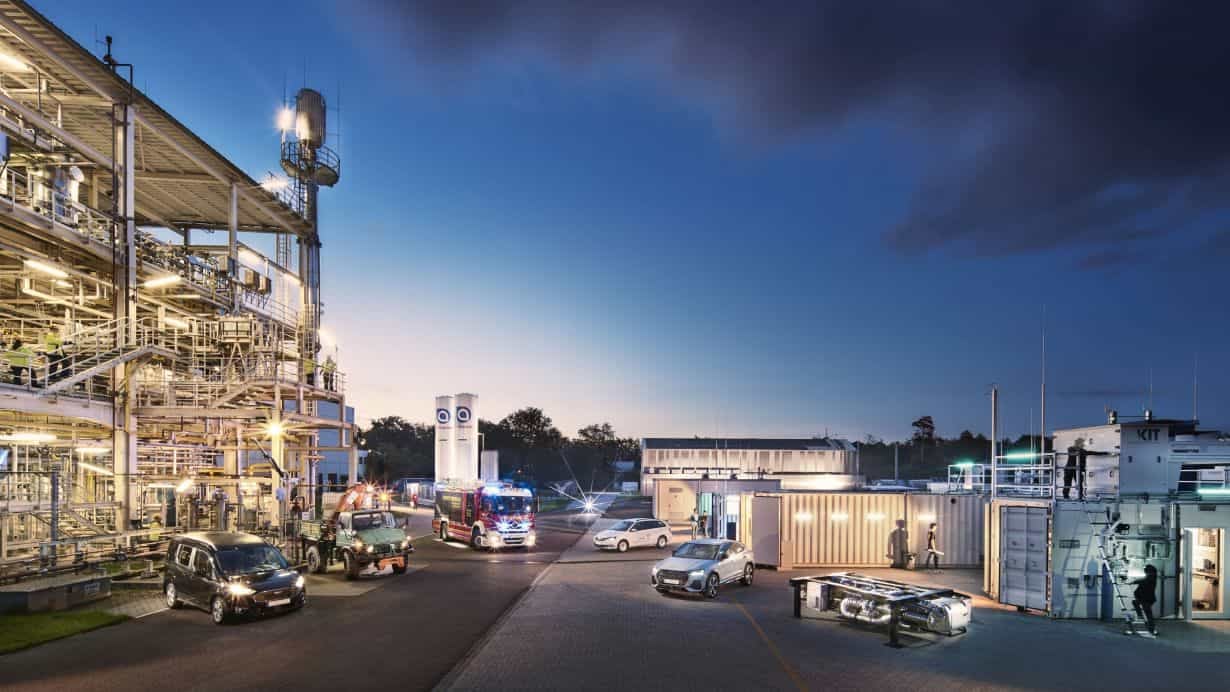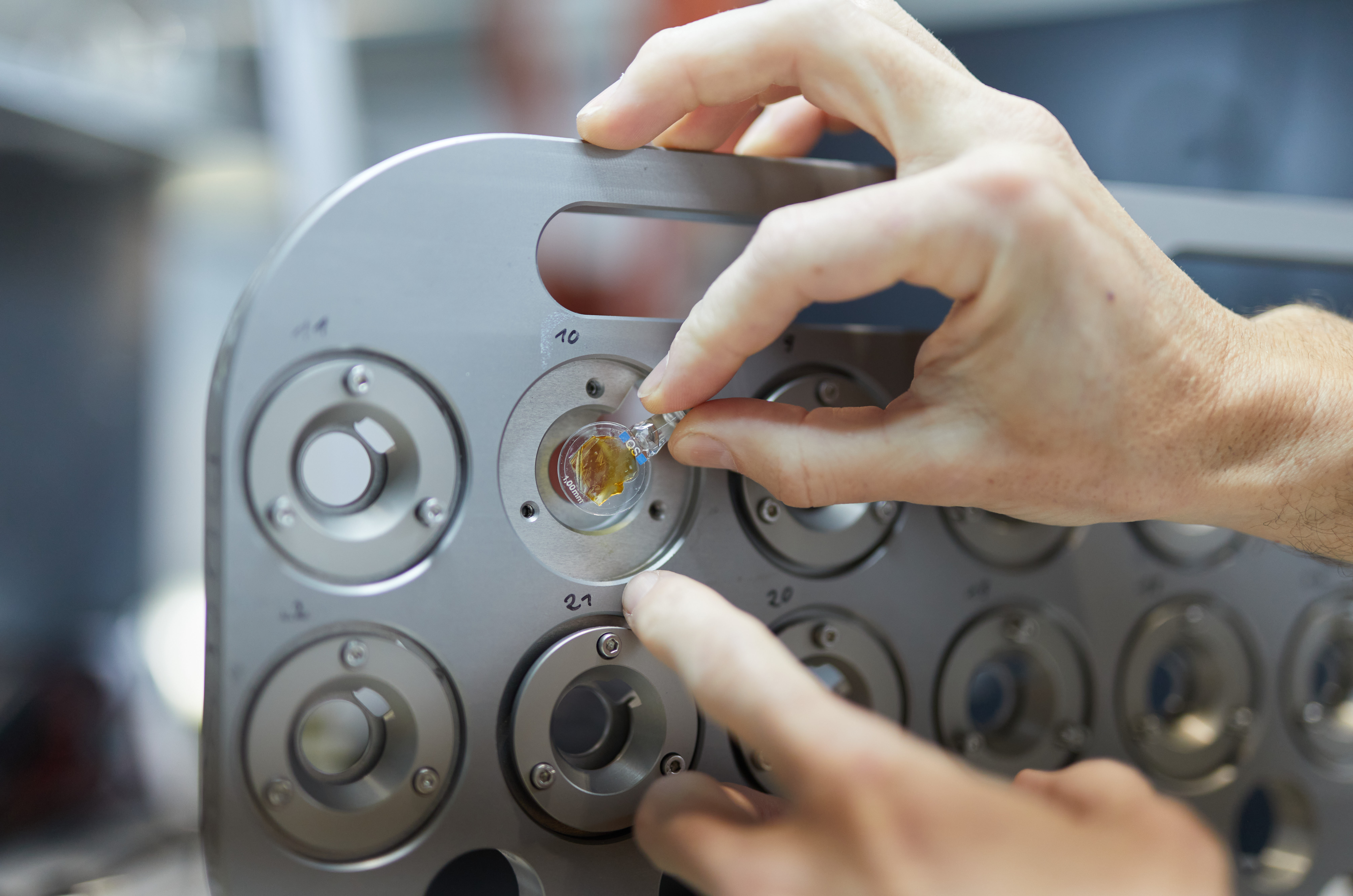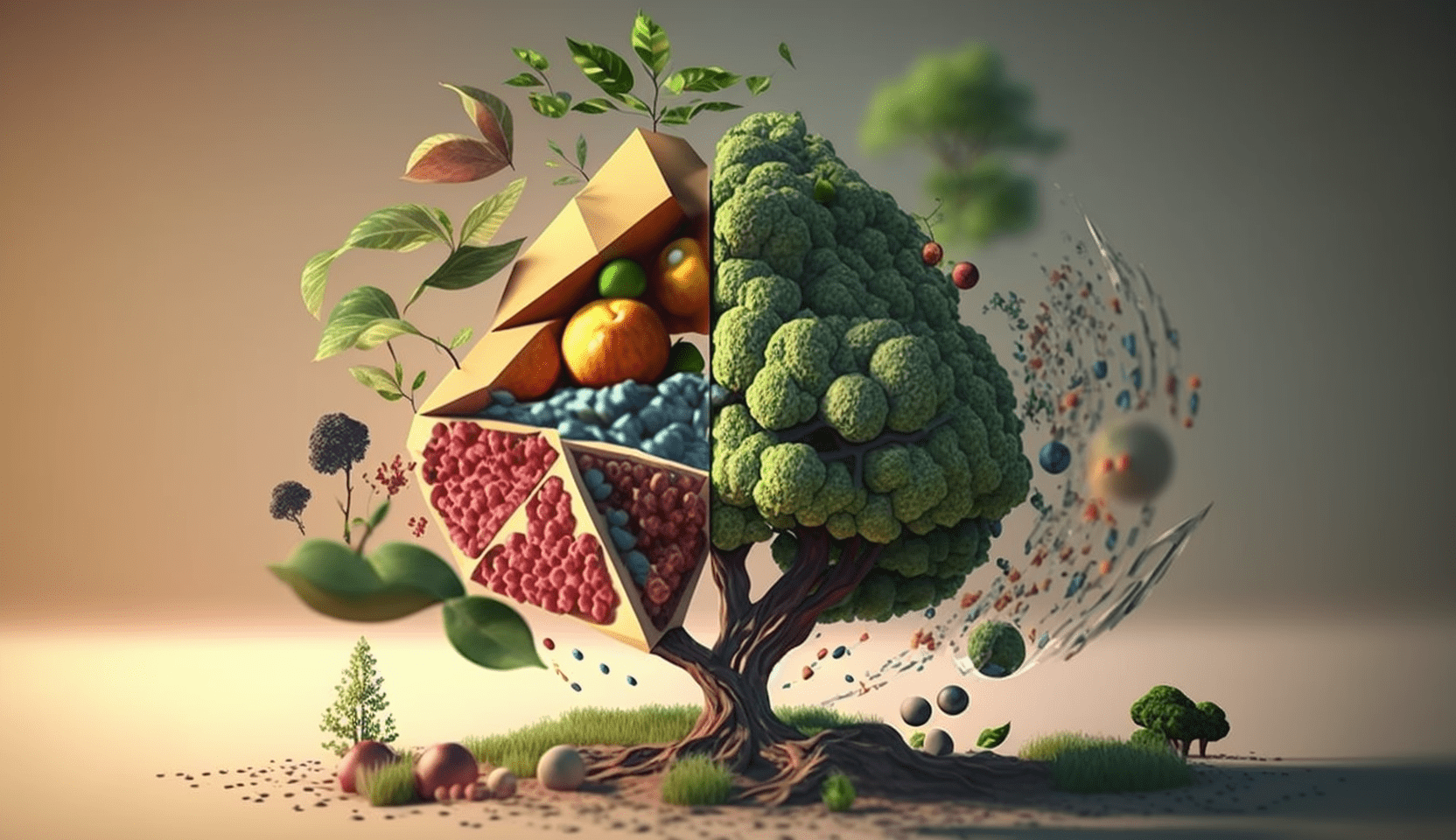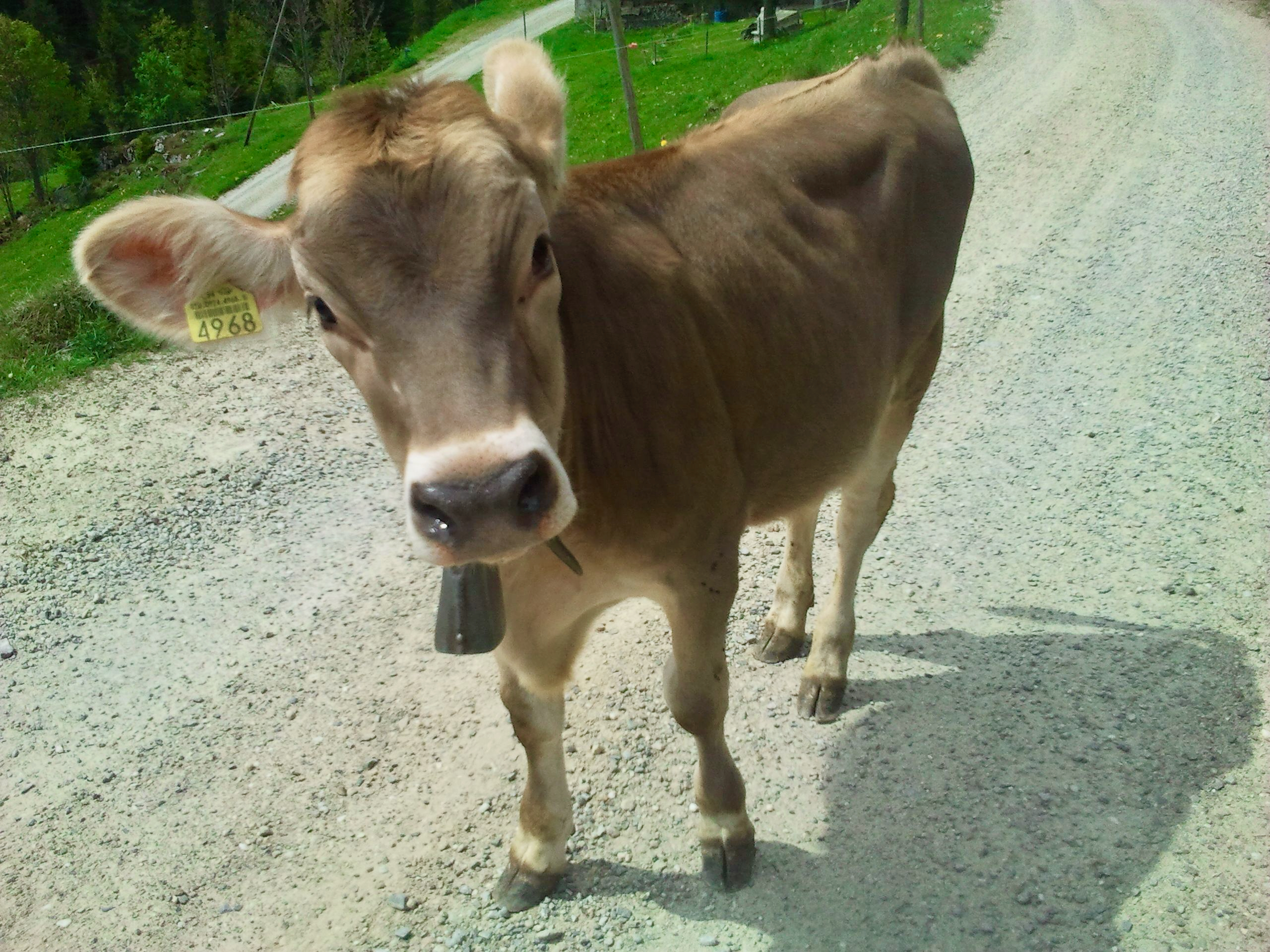
Microalgae produce valuable pigments, omega-3 fatty acids or proteins for the food and cosmetics industries. Simply from light, carbon dioxide and recycled cheap residues from agricultural processes. Moreover, they are an ideal source of high-quality animal feed. According to researchers at the Karlsruher Institute of Technology (KIT), algae cultivation can be a good alternative to livestock farming.
“Under favorable conditions, the cultivation of microalgae can become a new field of activity for the agricultural sector for the production of high-quality food products,” says Christine Rösch of KIT. “Microalgae are the vegan cows of future agriculture.”
Among other things, the researchers have found that it is most effective to grow the algae in scalable indoor facilities with LED lights. Depending on the product to be grown, algae culture has an advantage over chemical synthesis methods both economically and environmentally. Safe decentralized production with short transport routes is also possible.
Apart from the results, the project yielded another important insight: farmers are in principle open to algae, it would appear from the close contacts the researchers maintain with the agricultural sector. But before they invest in the “vegan dairy cows,” they would like to see more research and targeted funding.
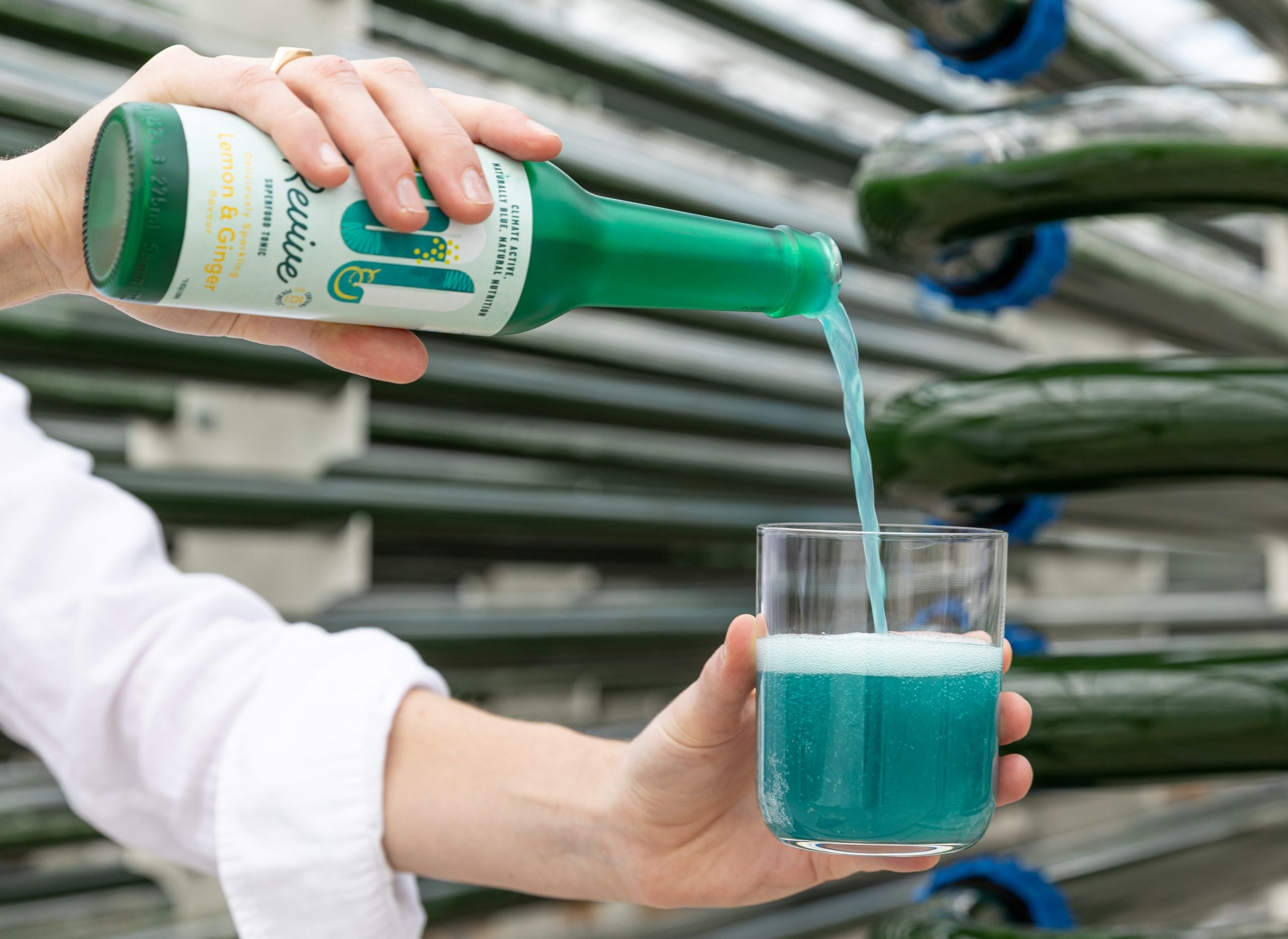
Reduced costs
The uninterrupted light supply during the day and at night has increased the microalgae biomass produced from 14 to 123 tons per hectare and at the same time significantly reduced the cost of producing one kilogram of biomass – by a full 70 percent. Although electricity requirements are slightly more than half higher (54 percent), significantly less water and land are needed (80 and 86 percent, respectively).
“The increased biomass yield compensates for the higher costs of artificial lighting,” is the positive conclusion drawn by Sebastian Weickert, a research associate at the Department of Renewable Resources in the Bioeconomy at the University of Hohenheim.
In contrast, the yield of the valuable substances produced in the process presents a differentiated picture: “Our investigations were successful with regard to fucoxanthin and EPA – with these high-priced products, we see that the production effort pays off economically,” says Dr. Ulrike Schmid-Staiger, from Fraunhofer IGB.
Extracting proteins beyond that, however, no longer increases profitability because proteins are currently available globally at fairly low prices. “For biomass production with artificial light, you don’t need agricultural land or you can use disused agricultural infrastructure, e.g., empty barns. This and the high yields of valuable substances make algae cultivation a potentially lucrative business – it depends on which products you want to produce and for which industry they are intended,” Weickert sums up.
Selected for you!
Innovation Origins is the European platform for innovation news. In addition to the many reports from our own editors in 15 European countries, we select the most important press releases from reliable sources. This way you can stay up to date on what is happening in the world of innovation. Are you or do you know an organization that should not be missing from our list of selected sources? Then report to our editorial team.

